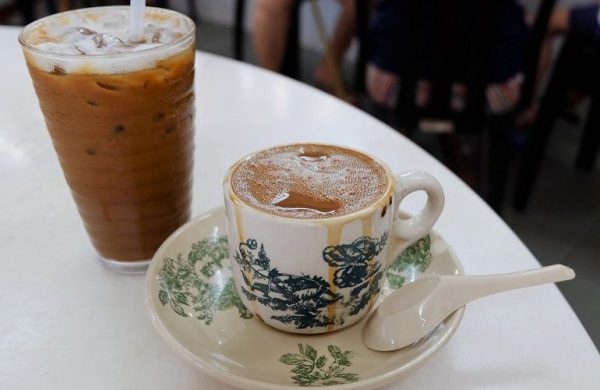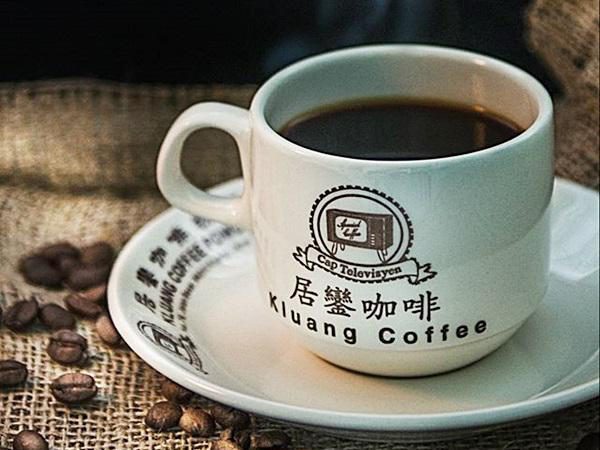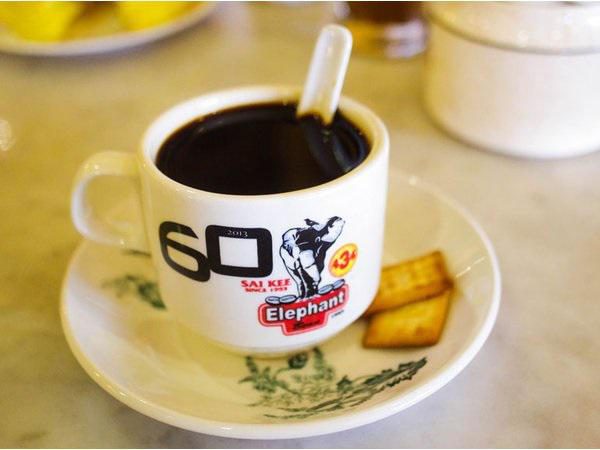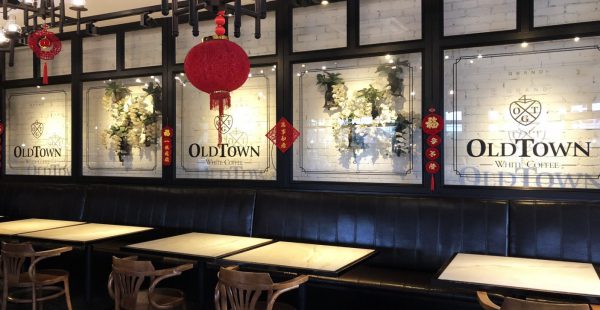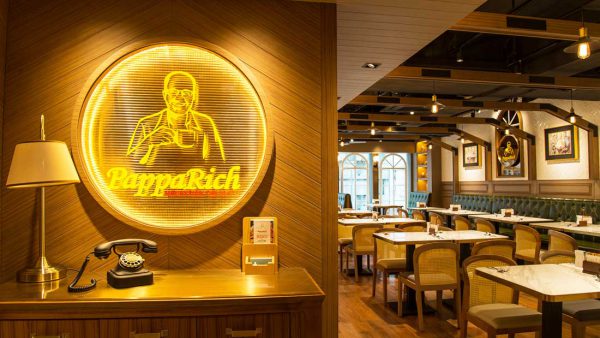KUALA LUMPUR, 8 April 2020: As part of our “armchair travel” looking at where to go post Covid-19, here are some tips on coffee travels in Malaysia. Not an option right now but coffee connoisseurs can turn this virtual tour of local coffees into a real-life experience someday soon.
Tourism Malaysia’s latest blog Get to Know Your Local coffee offers tips and ideas on a potential tour to explore the coffee seen starting as the locals do sipping their favourite ‘kopi’.
Malaysia’s ‘kopi’ is known for its unique aroma and taste due to the way it is roasted. Our local coffee goes through double roasting where the second roast is added with a few extra ingredients like margarine, sugar and salt.
Ipoh white coffee
Let’s start with the outstanding Ipoh white coffee, originated from Old Town Ipoh, Perak, all the way back in 19th century. The name is not derived from their coffee beans being white, but rather from the end result of the drink, where the coffee is usually combined with condensed milk. It is also produced through slow roasting only with margarine, giving it a lighter colour compared to the ones roasted with margarine and sugar.
The distinctive taste has put Ipoh in the map of Lonely Planet as one of the top three coffee towns in Asia, alongside Chiang Mai, Thailand and Tokyo, Japan.
Johor coffees
Similarly, Johor also produces several local ‘kopi’ that are loved nationwide, particularly Kopi 434 from Muar, and “Cap Televisyen” Kluang Coffee from Kluang.
Founded in 1953, the owner Kiar Am Sai or famously known as Ah Sai, wanted to name his creation with something that would be easily remembered by his loyal, multi-racial local customers. Ultimately, he chose his three-digit telephone back in the day as the brand for his coffee, thus Kopi 434.
Today, after applying consistent research and improved technology in their coffee roasting, they are able to produce up to 10 tonnes of roasted coffee beans per day!
Another town in Johor that contributes greatly to the local coffee culture in Malaysia would be Kluang. Goh Tong Tor founded his “Television Brand” coffee back in 1966, having in mind the similarity he believes his coffee has with television (at that time a new invention), bringing enjoyment and people together.
Yit Foh Coffee Park Cottage
In East Malaysia, specifically in Tenom, Sabah (also known as Sabah’s coffee capital), lies a bounteous coffee valley. Yit Foh Coffee, one of Tenom coffee’s producers, is still retaining its traditional way of roasting coffee using firewood.
Originally founded by Yong Loong Vun in 1960, Yit Foh Coffee today has expanded its factory and also opened its own Coffee Park Cottage, where visitors can have a longer stay and enjoy their coffee and the rest of the town!
Did you know that we also have a coffee farm that produces the rare Liberica coffee bean? Liberica beans only comprise less than 1% of coffee beans production worldwide, due to its low yield.
Liberica Coffee Farm
Jason Liew, the founder of My Liberica Coffee, pursued his passion for coffee and expanded his father’s coffee farm in Kulai, Johor. With a background in agriculture, Jason established My Liberica in 2011, wishing to introduce Malaysia’s traditional coffee processing to the world of speciality coffee.
My Liberica Cafe
My Liberica has recently opened its first roastery in Johor Bahru Ecohub. Be sure to visit for an ultimate first-hand experience from coffee roasting process to on-going experiments between coffee and fruit collaborations!
Following emerging modern cafés, local coffee companies have also stepped up their game and established their own franchises, some even globally — for example, the classic Oldtown White Coffee.
From kiosks to basic outlets and high-end cafés, Oldtown White Coffee has it all. Spanning more than 200 outlets locally, the franchise has also expanded to other Southeast Asia countries as well as Hong Kong.
Another local franchise, Papparich, emerged a bit later into the local coffee scene, in 2006. Even so, it continues to expand its business across the world, currently reaching three continents.
Source: Tourism Malaysia
Author: Siti Hamidah Mohd Najib




